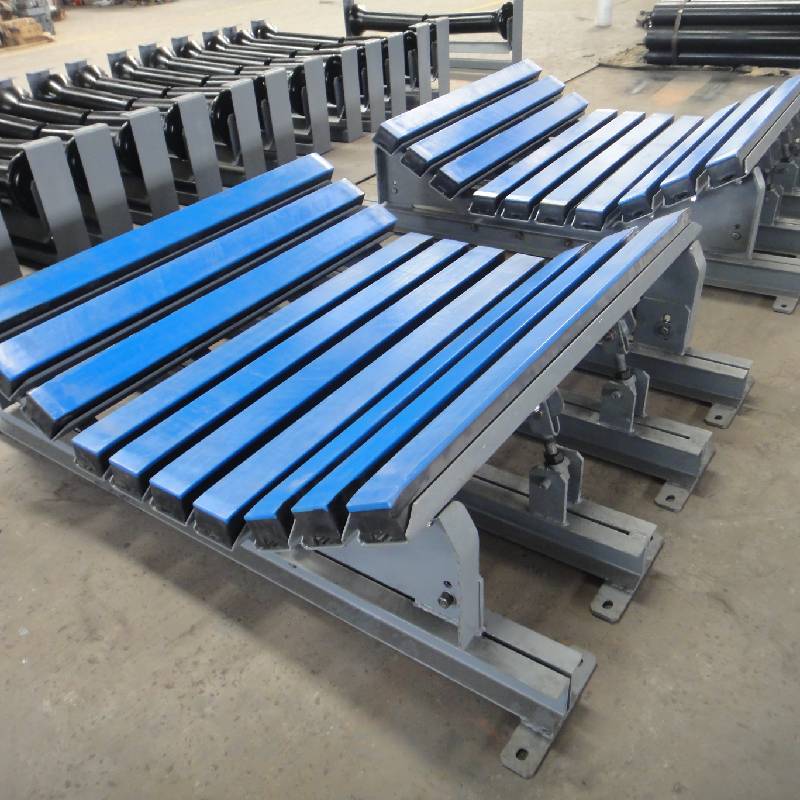 Afrikaans
Afrikaans  Albanian
Albanian  Amharic
Amharic  Arabic
Arabic  Armenian
Armenian  Azerbaijani
Azerbaijani  Basque
Basque  Belarusian
Belarusian  Bengali
Bengali  Bosnian
Bosnian  Bulgarian
Bulgarian  Catalan
Catalan  Cebuano
Cebuano  Corsican
Corsican  Croatian
Croatian  Czech
Czech  Danish
Danish  Dutch
Dutch  English
English  Esperanto
Esperanto  Estonian
Estonian  Finnish
Finnish  French
French  Frisian
Frisian  Galician
Galician  Georgian
Georgian  German
German  Greek
Greek  Gujarati
Gujarati  Haitian Creole
Haitian Creole  hausa
hausa  hawaiian
hawaiian  Hebrew
Hebrew  Hindi
Hindi  Miao
Miao  Hungarian
Hungarian  Icelandic
Icelandic  igbo
igbo  Indonesian
Indonesian  irish
irish  Italian
Italian  Japanese
Japanese  Javanese
Javanese  Kannada
Kannada  kazakh
kazakh  Khmer
Khmer  Rwandese
Rwandese  Korean
Korean  Kurdish
Kurdish  Kyrgyz
Kyrgyz  Lao
Lao  Latin
Latin  Latvian
Latvian  Lithuanian
Lithuanian  Luxembourgish
Luxembourgish  Macedonian
Macedonian  Malgashi
Malgashi  Malay
Malay  Malayalam
Malayalam  Maltese
Maltese  Maori
Maori  Marathi
Marathi  Mongolian
Mongolian  Myanmar
Myanmar  Nepali
Nepali  Norwegian
Norwegian  Norwegian
Norwegian  Occitan
Occitan  Pashto
Pashto  Persian
Persian  Polish
Polish  Portuguese
Portuguese  Punjabi
Punjabi  Romanian
Romanian  Russian
Russian  Samoan
Samoan  Scottish Gaelic
Scottish Gaelic  Serbian
Serbian  Sesotho
Sesotho  Shona
Shona  Sindhi
Sindhi  Sinhala
Sinhala  Slovak
Slovak  Slovenian
Slovenian  Somali
Somali  Spanish
Spanish  Sundanese
Sundanese  Swahili
Swahili  Swedish
Swedish  Tagalog
Tagalog  Tajik
Tajik  Tamil
Tamil  Tatar
Tatar  Telugu
Telugu  Thai
Thai  Turkish
Turkish  Turkmen
Turkmen  Ukrainian
Ukrainian  Urdu
Urdu  Uighur
Uighur  Uzbek
Uzbek  Vietnamese
Vietnamese  Welsh
Welsh  Bantu
Bantu  Yiddish
Yiddish  Yoruba
Yoruba  Zulu
Zulu belt and pulley drive
Belt and Pulley Drive Systems An Overview
Belt and pulley drive systems are pivotal mechanisms utilized across various industries for power transmission and motion control. They are known for their efficiency, simplicity, and versatility, converting rotary motion from a power source into mechanical work effectively. This system comprises two or more pulleys connected by a flexible belt that wraps around them.
One of the key advantages of belt and pulley systems is their ability to handle significant loads while minimizing wear and tear on components. The belt, typically made from materials such as rubber, fabric, or synthetic compounds, is designed to grip the pulleys securely while allowing for smooth movement. This gripping action enables the transfer of torque from one pulley to another, enabling machines to operate seamlessly.
Belt and pulley systems can be classified into several types based on their configuration. The most common types include open belt drives, crossed belt drives, and compound belt drives. Open belt drives are characterized by parallel pulleys that rotate in the same direction, while crossed belt drives feature pulleys arranged in a way that causes them to rotate in opposite directions. Compound belt drives, on the other hand, consist of multiple pulleys working together to increase the speed or torque delivered to the driven machinery.
belt and pulley drive

Another notable feature of belt and pulley systems is their capacity for speed variation. By changing the diameter of the pulleys or the configuration of the belt, operators can easily adjust the output speed, making these systems particularly suitable for applications that require variable speed operation. This flexibility is a substantial benefit in industries such as manufacturing, automotive, and construction.
Moreover, the installation and maintenance of belt and pulley drive systems are generally straightforward
. They do not require complex alignment procedures, which can significantly reduce setup time and costs. Regular inspections and timely replacement of worn belts can ensure longevity and optimal performance.In conclusion, belt and pulley drive systems are integral to modern machinery and equipment. Their simplicity, efficiency, and adaptability make them a popular choice for industries where reliable power transmission is essential. As technology continues to evolve, innovations in materials and design will likely enhance the performance of these systems, maintaining their relevance in the ever-changing landscape of engineering and manufacturing.
-
Revolutionizing Conveyor Reliability with Advanced Rubber Lagging PulleysNewsJul.22,2025
-
Powering Precision and Durability with Expert Manufacturers of Conveyor ComponentsNewsJul.22,2025
-
Optimizing Conveyor Systems with Advanced Conveyor AccessoriesNewsJul.22,2025
-
Maximize Conveyor Efficiency with Quality Conveyor Idler PulleysNewsJul.22,2025
-
Future-Proof Your Conveyor System with High-Performance Polyurethane RollerNewsJul.22,2025
-
Driving Efficiency Forward with Quality Idlers and RollersNewsJul.22,2025





























